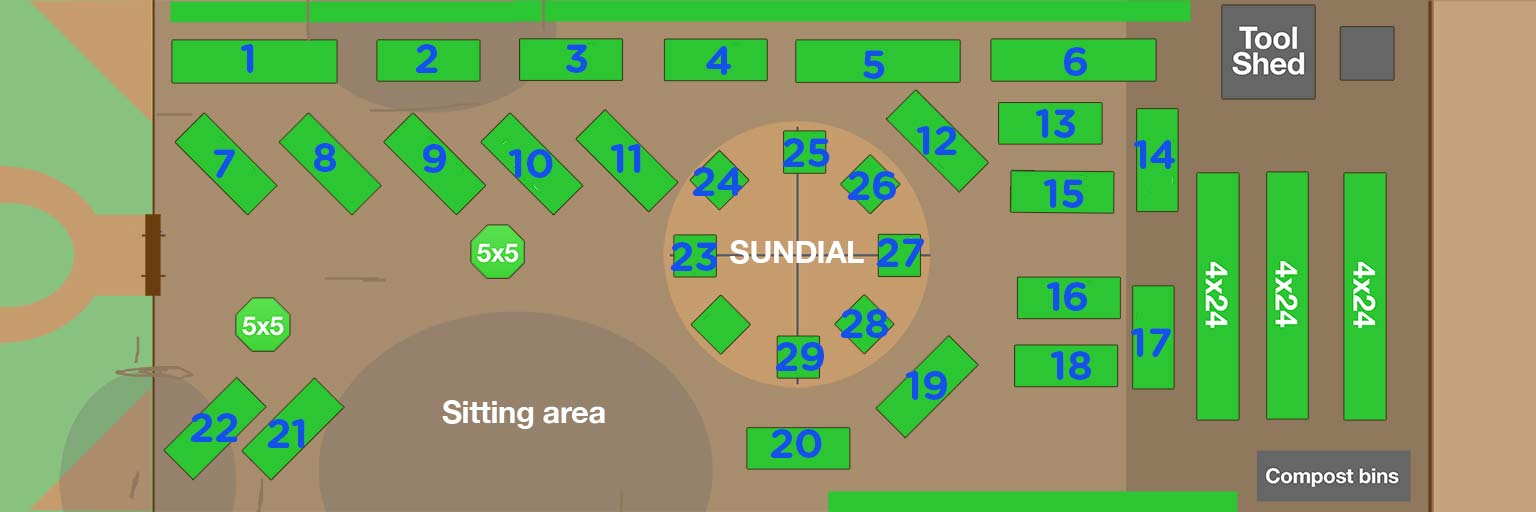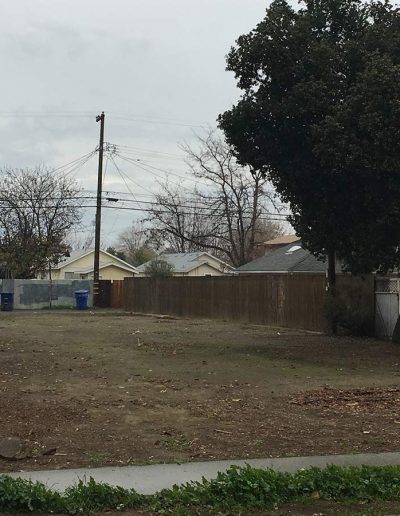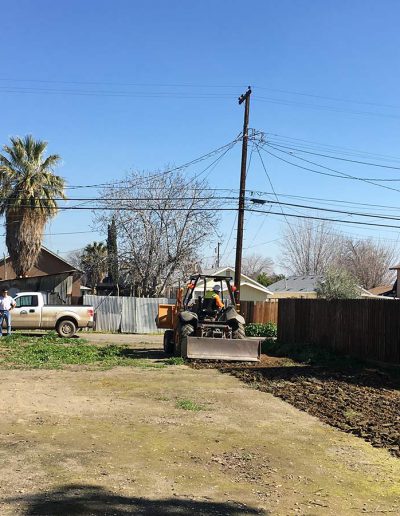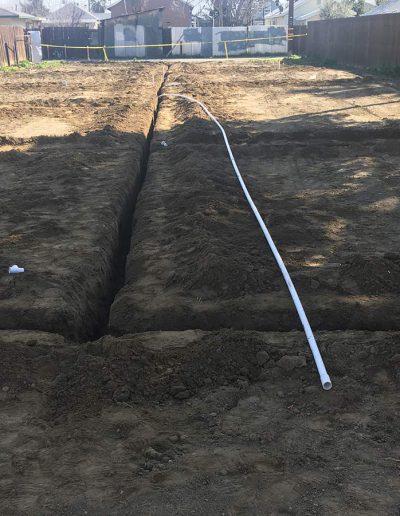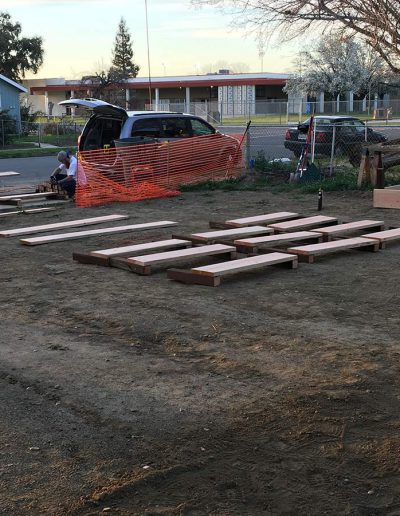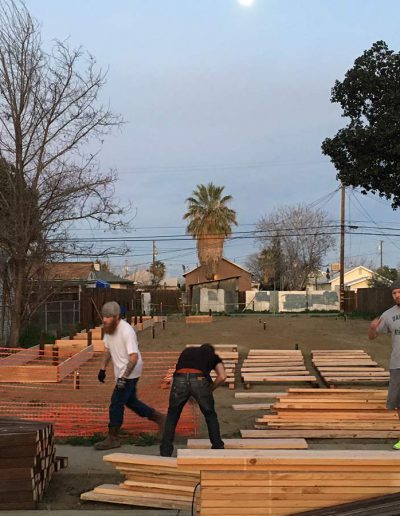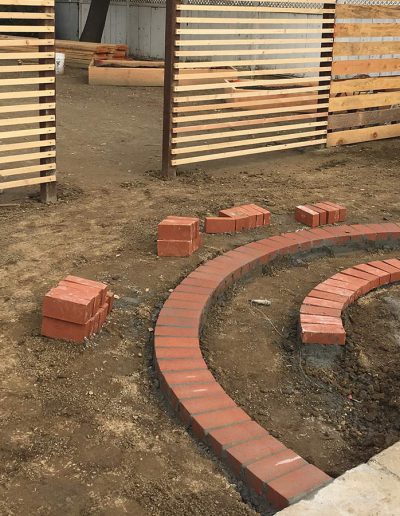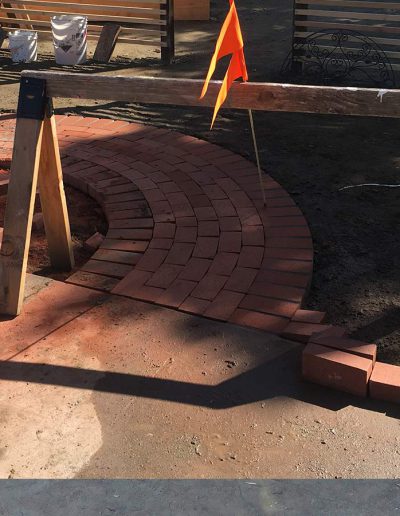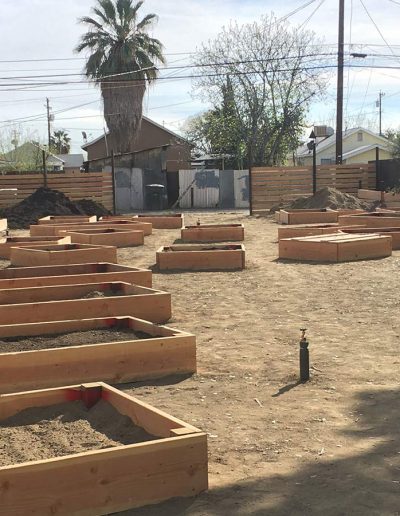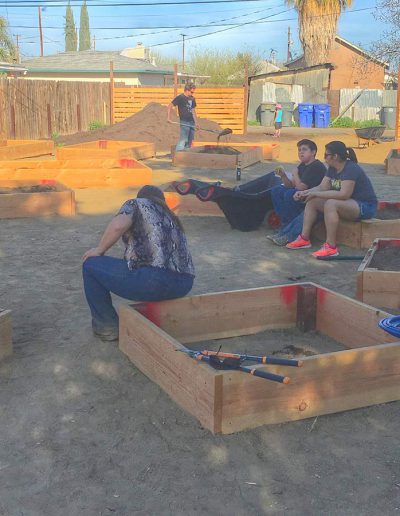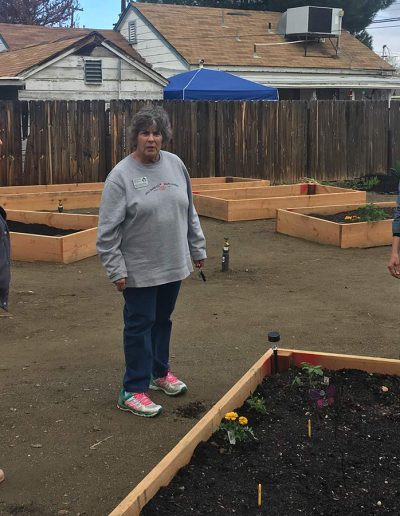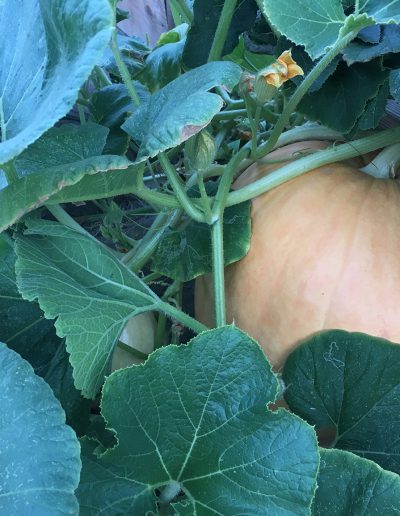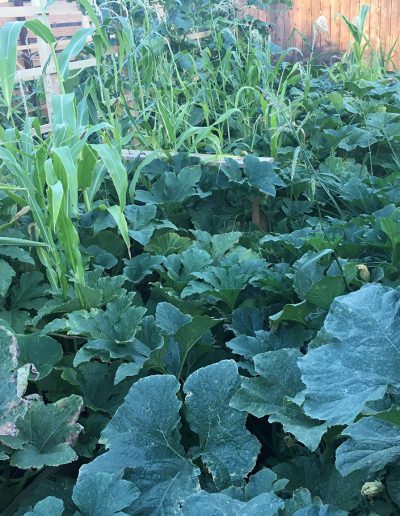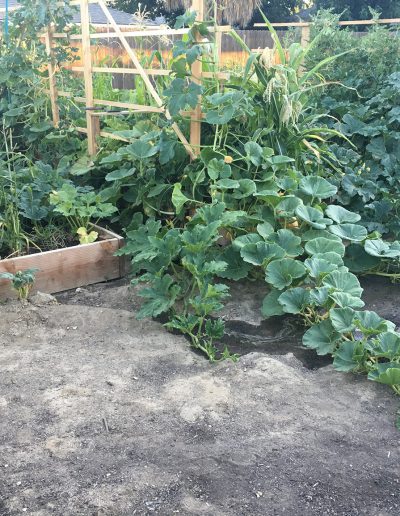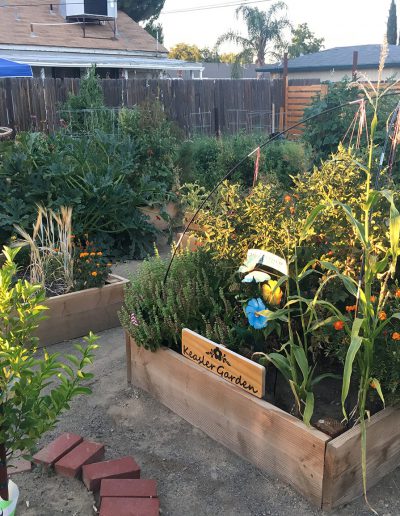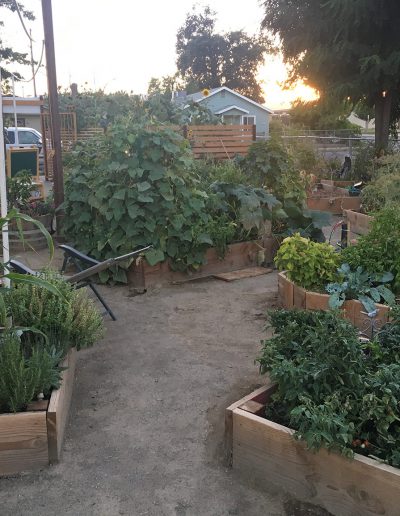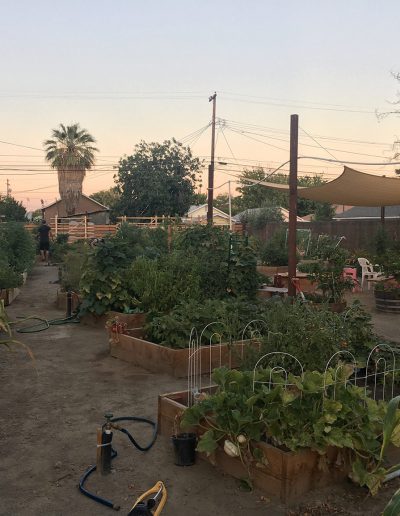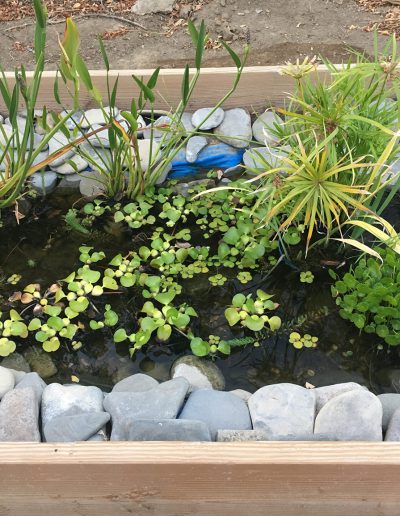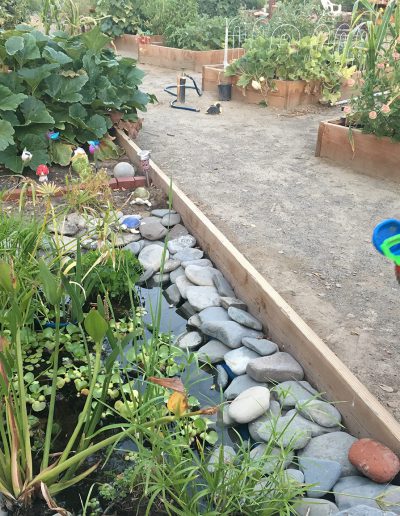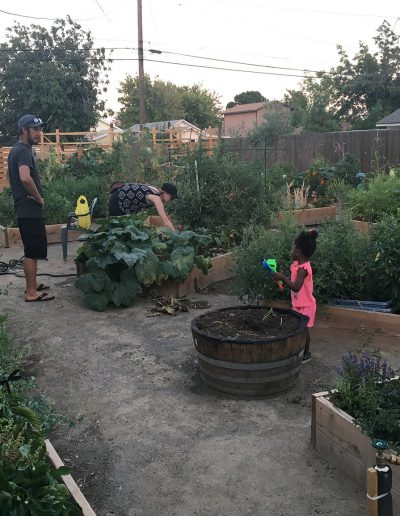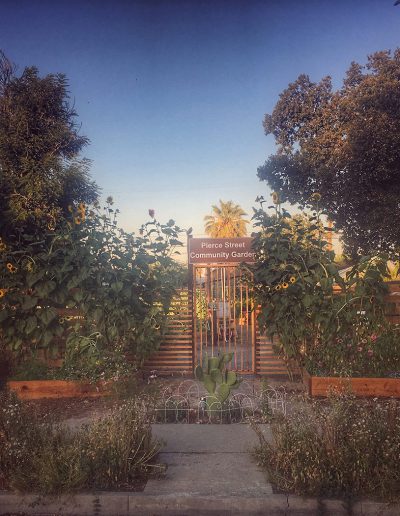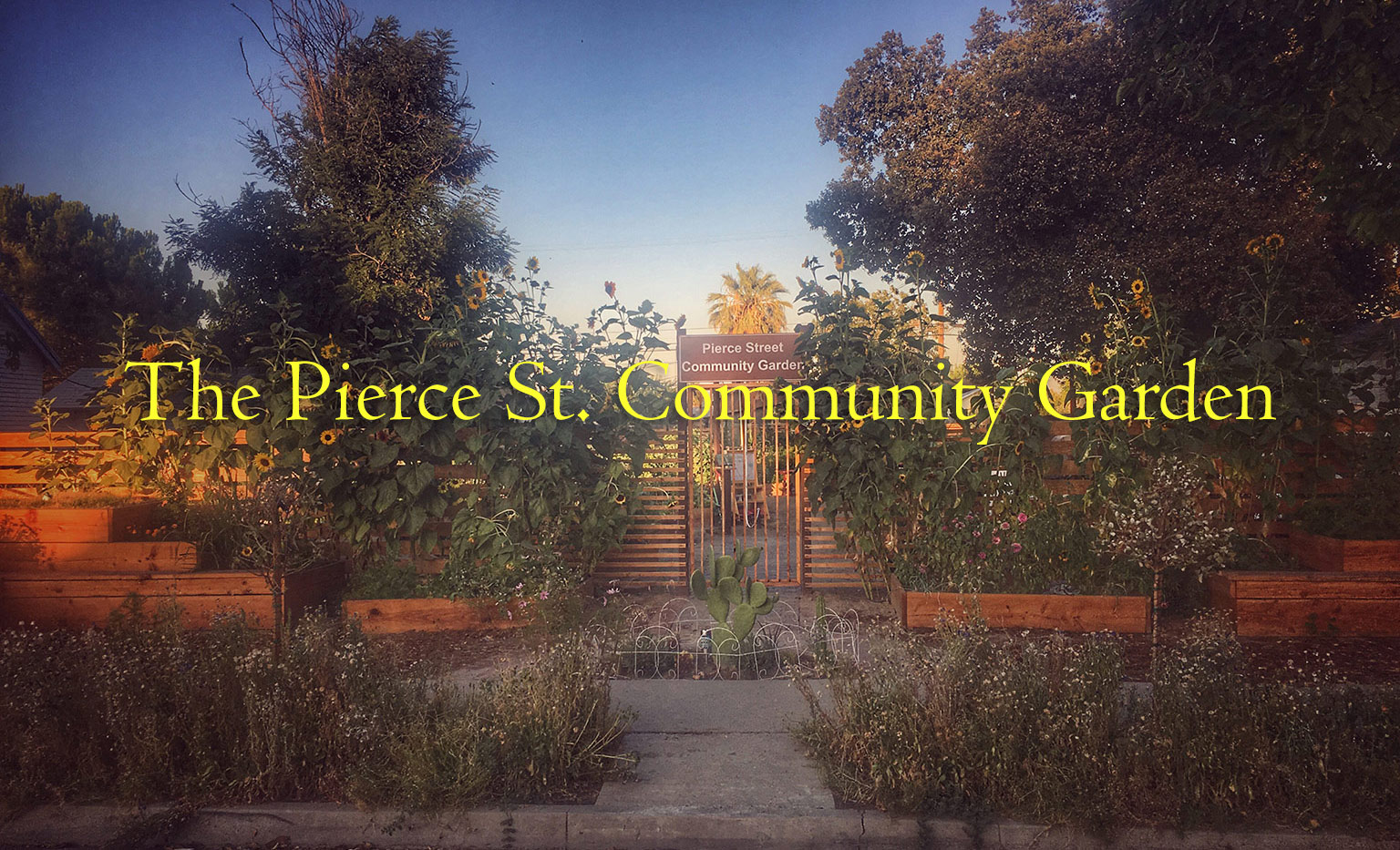
Years before, tweakers had trashed the little house into which I was to move. It had been empty since then and it showed. I slept on a foam pad on the floor as I worked to make the place livable. My only furniture was a lawn chair. I lived on roast chicken from SavMart, Starbucks breakfast sandwiches, and burritos from Tres Agaves, the all-night taqueria which serves the best food in town. The temperature hovered around a hundred and five degrees every day and the swamp cooler attached to the house was non-functional. Truth be told, I had never seen a swamp cooler before and I didn’t know what it was.
Eventually, I learned what the swamp cooler was and hired a handyman who fixed it. Blessedly, it worked pretty well. I got through refinishing the floors, painted the bedroom and, at that point, was able to set up my bed and bring the dresser in from the garage. Talk about civilized!
That was when the bizarre reality of my move to this tiny town in the middle of a desolate nowhere began to sink in. The alien culture and the unforgiving environment and my own isolation within both took a daily toll. Finding three dead cats in the street over a period of two weeks contributed to my malaise.
Over the course of one weekend in late August I had crisis of confidence. I had lost any faith in my ability to do anything at all, ever, in music, in art, in life itself, including adapting to life in Coalinga. After much soul-searching, prayer, and discussion with close friends far away, I came out on the other side. By Sunday afternoon, I was okay again, in acceptance of my situation, at peace once more, and back into action mode.
That evening I discovered four orphaned kittens, three or four weeks old, under the house. I had found their dead mother the prior morning, outside in the street. Again, the Divine working in my life. It is impossible to worry about oneself when bottle-feeding four kittens and potty-training them! In a few weeks, they had progressed to eating solid food. I was able to place them all in happy homes up in the Bay Area.
Work on the house proceeded at an acceptable pace and, by October, I had the place furnished, the bookshelves up, art hung, and a stove in the kitchen. No more SavMart roast chickens. I haven’t eaten one since.
By this time I had made friends with a couple people in town, including Patrick Keough, a city councilman and Mayor Pro-Tem of the city. We would meet at Starbucks in the morning and have long discussions about the many issues facing the city. Late one morning after a particularly long conversation about how some Coalinga teens suffer from an inferiority complex just because they are from the town, I pulled up in front of my house, got out of my car and looked at the empty lot next door, a true eyesore, and thought, “That would make a great community garden!” I texted Patrick and shared the thought. He suggested how I could track down who owned the lot.
It turned out the City of Coalinga owned the lot and there had been talk for some time about doing a community garden there, but the idea had never gotten off the ground. For the next four months I was consumed with moving the project forward, dealing with government entities, jumping through hoops, doing research, lining up donors and gardeners, planning, and so on.
Patrick introduced me to Chris Macaluso of the Canna Agency, a medical marijuana research firm, at the time building a facility in town, who offered to sponsor the garden.
We broke ground officially in early March of 2017. I already had gotten the lot graded and the irrigation system in place. Chris showed up with a crew and we got all the planting beds built, along with the fences and entry-way tiered raised beds over three intense days. Luckily it wasn’t too hot, yet.
In the early stages, I went through a number of design revisions, based on input from from Chris and others involved. My garden assistant, Leona, kept bugging me to add some small planting beds in which kindergarten classes, for example, could plant and maintain. I knew I wanted a sundial as a centerpiece to the garden and one day, it hit me in a flash: I could put the sundial in the middle of the garden and put a ring of 4’x4′ planting beds around it and make one of them a sandbox. Once I committed to that idea, the layout of the garden just radiated out from that central circle. The sandbox gets lots of use.
I’ve had any number of people tell me that the garden is the most beautiful community garden they have ever seen. Needless to say, I love hearing that, even if I doubt it’s true. The garden continues to grow and change, as you can see in the photos. We have a real community of enthusiastic gardeners (many novices) continually contributing to the garden’s ongoing evolution.
It has been a wonderful experience and a tremendous amount of work, but well worth it. The garden is both my sanctuary and a gift to my current home town. I didn’t do it alone, of course. I’ve met some great people who have contributed a lot and continue to do so. Many years ago, it was revealed to me that it is in our human DNA to serve one’s community, that service is an essential component of true happiness. Building the garden has reaffirmed that.
It turned out the City of Coalinga owned the lot and there had been talk for some time about doing a community garden there, but the idea had never gotten off the ground. For the next four months I was consumed with moving the project forward, dealing with government entities, jumping through hoops, doing research, lining up donors and gardeners, planning, and so on.
Patrick introduced me to Chris Macaluso of the Canna Agency, a medical marijuana research firm building a facility in town, who offered to sponsor the garden.
We broke ground officially in early March of 2017. I already had gotten the lot graded and the irrigation system in place. Chris showed up with his crew and we got all the planting beds built, along with the fences and entry-way tiered raised beds over three intense days. Luckily it wasn’t too hot, yet.
In the early stages, I went through a number of design revisions, based on input from others involved. My garden assistant, Leona, kept bugging me to add some small planting beds that kindergarten classes, for example, could plant and maintain. I knew I wanted a sundial as a centerpiece to the garden and one day, it hit me in a flash: I could put the sundial in the middle of the garden and put a ring of 4’x4′ planting beds around it and make one of them a sandbox. Once I committed to that idea, the layout of the garden just radiated out from that central circle. The sandbox gets lots of use.
I’ve had any number of people tell me that the garden is the most beautiful community garden they have ever seen. Needless to say, I love hearing that, even if I doubt it’s true. The garden continues to grow and change, as you can see in the photos. We have a real community of enthusiastic gardeners (many novices) continually contributing to the garden’s ongoing evolution.
It has been a wonderful experience and a tremendous amount of work, but well worth it. The garden is both my sanctuary and a gift to my current home town. I didn’t do it alone, of course. I’ve met some great people who have contributed a lot and continue to do so. Many years ago, it was revealed to me that it is in our human DNA to serve one’s community, that service is an essential component of true happiness. Building the garden has reaffirmed that.
